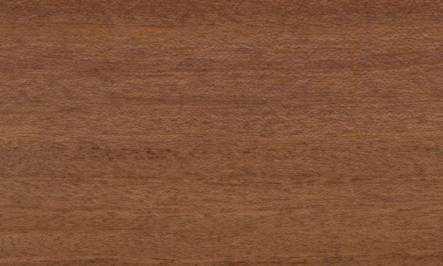
Anas (Pentacme contorta)
Family: Dipterocarpaceae
Common names: Anas, Angser, Apnit, Bakook, Balagbag, Balak, Balakbak, Bayokan, Bayukan, Bunge, Lauaan, Lauan-blanco, Lauanputi, Malaanonang, Malasinoro, Mayapis, Pamalalran, Tiaong, White lauan
Distributed in: Philippines (Oceania and S.E. Asia)
Common uses: Boat building (general), Boat building: planking, Boxes and crates, Cabinetmaking, Flooring, Furniture, Heavy construction, Joinery, Light construction, Mine timbers, Paneling, Particleboard, Plywood, Veneer
Colors: the heart isGreenish to greyish, Pale red to pinkand the sapwoodWhite, Yellow.The grain isRippled figure, the textureMedium to coarseand the lusterSlightly lustrous
Natural durability: Susceptible to insect attack, Very durable
Kiln Schedules: Drying (speed) is fast
Drying Defects: Checking, Distortion
Ease of Drying: Fairly Easy
Tree Identification: Bole/stem form is cylindrical
Comments: General finishing qualities are rated as good
Blunting Effect: Blunting effect on machining is slight
Gluing: Moderate gluing properties
Planing: Planes well, to a good finish
Resistance to Impregnation: Heartwood is permeable
Response to hand tools: Moderate working qualities
Veneering qualities: Suitable for peeling, There is slight to moderate drying degrade and the potential for buckles and splits
Turning: Good results
Staining: Finish is generally satisfactory
;
- Numerical data Metric
- Numerical data English
- Strength properties
- References
 |
 |
 |
 |
| Item |
Green |
Dry |
Metric |
| Specific Gravity |
|
|
|
| Density |
|
544 |
kg/m3 |
| Bending Strength |
429 |
674 |
kg/cm2 |
| Crushing Strength |
275 |
449 |
kg/cm2 |
| Hardness |
|
451 |
kg |
| Impact Strength |
|
|
cm |
| Shearing Strength |
|
|
kg/cm2 |
| Stiffness |
95 |
110 |
1000 kg/cm2 |
| Tangential Shrinkage |
|
|
% |
| Radial Shrinkage |
3 |
|
% |
| Weight |
528 |
416 |
kg/m3 |
| Maximum Load |
|
|
cm-kg/cm3 |
| Toughness |
|
|
cm-kg |
| Static Bending |
|
|
kg/cm2 |
|
 |  |  |  | | Item | Green | Dry | English | | Bending Strength | 6111 | 9589 | psi | | Density | | 34 | lbs/ft3 | | Hardness | | 995 | lbs | | Maximum Crushing Strength | 3916 | 6397 | psi | | Stiffness | 1358 | 1568 | 1000 psi | | Weight | 33 | 26 | lbs/ft3 | | Radial Shrinkage | 3 | | % | | Tangential Shrinkage | 7 | | % | |
Modulus of Elasticity (stiffness) = low
Density (dry weight) = 31-37 lbs/cu. ft.
Bending strength (MOR) = low
Max. crushing strength = medium
Shrinkage, Tangential = moderate
Shrinkage, Radial = small
Hardness (side grain) = soft
Density (dry weight) = 38-45 lbs/cu. ft.
Brown, W.H.,1969,Properties and uses of Tropical hardwoods in the United Kingdom. Part 1,Nonstructural properties and uses.,Conference on Tropical hardwoods SC-5/TN-5, Syracuse UniversityChudnoff, M.,1984,Tropical Timbers of the World,U.S.A. Department of Agriculture, Forest Service, Forest Products,Laboratory, Madison.I.U.F.R.O.,1973,Veneer Species of the World,Assembled at F.P.L. Madison on behalf of I.U.F.R.O. Working Party on,Slicing and Veneer CuttingLomibao, B.A.,1973,Guide to the identification of the woods of Philippine Dipterocarpaceae,Foxpride Digest 2(2) pp26-34Reyes, L.J.,1938,Philippine Woods,Commonwealth of the Philippines Department of Agriculture and Commerce,Technical Bulletin,No.7Tamesis, F., Aguilar, L.,1953,The 'Philippine mahogany' and other Dipterocarp woods,Philippine Department of Agriculture and Natural Research Popular Bulletin,No.44U.S.D.A. Forest Service,1974,Wood Handbook,U.S.A. Department of Agriculture, Forest Service Handbook,72
|








